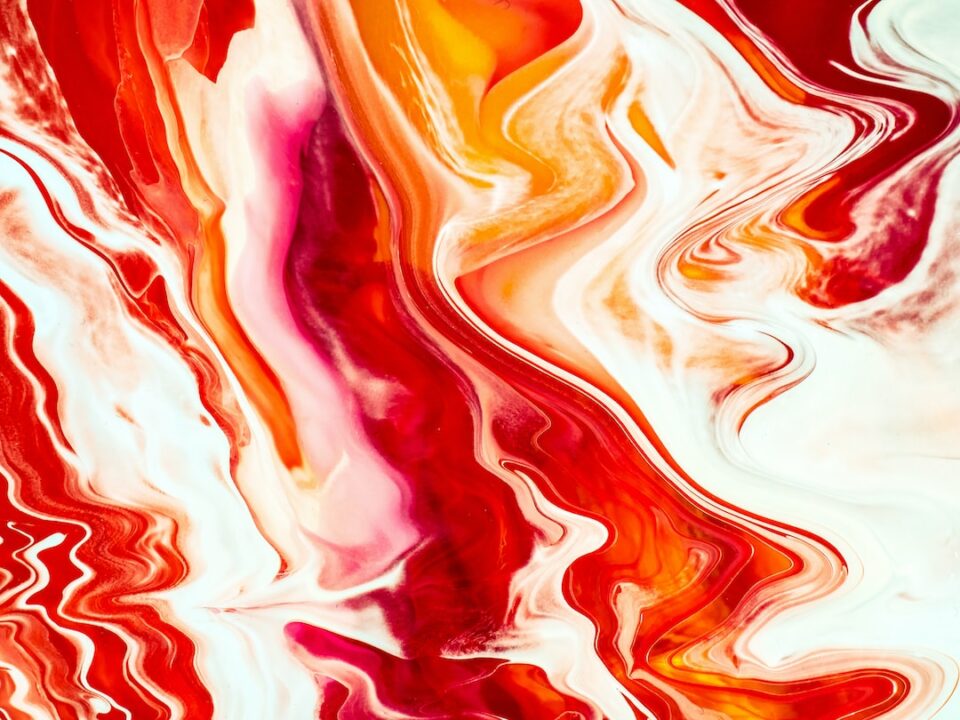Art and Nature: The Interplay of Environment and Creativity
When we think of art and creativity, we often imagine isolated studios with artists lost in their imaginative worlds. However, it is essential to recognize that the natural world plays a profound role in inspiring creativity. Nature has been a muse for artists for centuries, with its beauty, diversity, and ever-changing landscapes. The interplay between the environment and art is a dynamic relationship that has fueled countless artistic masterpieces throughout history.
One of the fundamental aspects of nature’s influence on art is the sheer beauty and aesthetic appeal of the environment. Artists often find themselves captivated by the vibrant hues of a sunset, the delicate intricacies of a flower, or the grandeur of a mountain range. Nature’s palette seems limitless, offering an endless array of colors, shapes, and patterns that stimulate the artistic eye.
Moreover, nature’s power to evoke emotions cannot be understated. The serene tranquility of a forest, the awe-inspiring vastness of an ocean, or the playful chirping of birds can stir up a whirlwind of emotions within us. Artists are not immune to these emotions and often seek to capture and convey them in their work. A painting that captures the raw power of a thunderstorm, or a photograph that freezes a moment of pure bliss in the wilderness are testaments to the emotional impact nature can have on a creative mind.
The connection between art and nature goes beyond visual aesthetics. Artists are often influenced by the symbiotic relationship between humans and the environment. The concept of humans as custodians of the earth has deep roots in art, with countless works crafted to raise awareness about environmental issues and promote sustainability. Through their creations, artists can shine a light on the destructive consequences of human activities, or inspire change and appreciation for nature’s fragile beauty.
Art is not limited to traditional mediums like painting and sculpture. In recent years, many artists have embraced the natural environment itself as their canvas. Land art, also known as earth art, involves using natural materials and landscapes to create large-scale installations. These creations often interact with the environment, highlighting the harmony between art and nature. Whether it’s arranging stones, shaping earth, or reimagining natural landforms, land artists blur the boundaries between art and the natural world, reminding us of the intrinsic connection between the two.
Furthermore, immersing oneself in nature can be a powerful catalyst for creativity. Stepping outside the realms of urbanity and embracing the great outdoors can provide artists with a fresh perspective, allowing them to explore new ideas and perspectives. The serenity of a secluded forest or the vastness of an open field can have a meditative effect, quieting the mind and enabling artists to tap into their deepest wells of creativity.
In conclusion, nature acts as a wellspring of inspiration and a muse for artists. The interplay between art and environment is a dynamic relationship that has produced countless artistic masterpieces throughout history. From capturing nature’s beauty on canvas to using the environment as a canvas itself, artists have been deeply influenced by the natural world. The emotional impact, the awareness of environmental issues, and the ability to find new creative perspectives are just a few of the ways that nature shapes artistic expression. As we continue to appreciate and protect nature, let us also celebrate the power of art to convey its profound influence on our lives.


